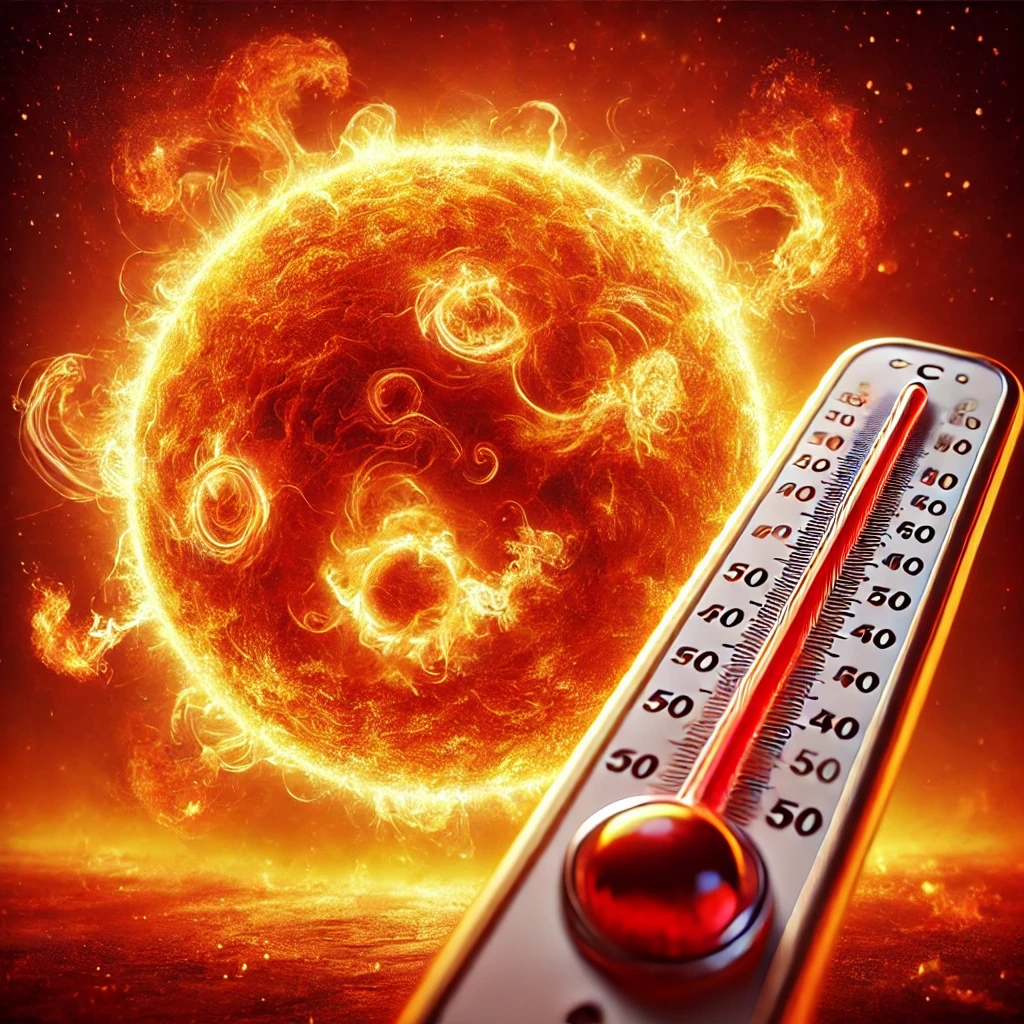Heat Waves
What are Heat Waves?
- Heatwaves are prolonged periods of excessively high temperatures.
- India Meteorological Department (IMD) defined heat waves in plains as temperature exceeding 45°C for three or more days and in hilly areas as temperature exceeding 40°C for three or more days .
Heat Waves are Classified as
- Extreme Heat Waves: High temperature with low humidity
.
- Regions Affected:
- Deserts and semi-arid regions
- Inland plains and plateaus
- Areas with dry continental climates
- India: Northwest India (Rajasthan, Gujarat, Punjab, Haryana, Madhya Pradesh)
- Middle East: Saudi Arabia, UAE, Iran, Iraq
- Regions Affected:
- Oppressive Heat Waves: High temperature with high
humidity (more
dangerous due to
heat stress).
- Regions Affected:
- Coastal areas
- Tropical and subtropical regions
- River valleys and floodplains
- Low-lying urban areas with poor ventilation
Examples:
- India: Coastal states like Tamil Nadu, Kerala, Odisha, West Bengal, and Maharashtra (Mumbai)
- Southeast Asia: Bangladesh, Thailand, Indonesia, and the Philippines
- Regions Affected:
Research Findings
- Research was conducted by IIT-Bombay and ETH Zurich using historical climate data (1951–2013) and future projections (2035–2100) and also examined impact on human mortality .
- They examine the situation under two scenarios of global warming — a rise in
global temperatures by 2 degrees C; and by 1.5 degrees C.
- 1.5°C global temperature rise: Five-fold increase in oppressive heat waves by 2035–2065 & 2070–2100 .
- 2°C global temperature rise: Eightfold increase in oppressive heat waves by end of the 21st century .
- Heat Related Mortality:
- Strongly linked to oppressive heat waves rather than extreme heatwaves.
- A higher risk in densely populated regions .
- Calls for urgent adaptation measures to prevent mass casualties.
Humidity – The amount of water vapor in the air, which impacts how hot a temperature feels.
Measures
- Mitigation: Reducing greenhouse gas emissions to limit warming.
- Adaptation:
- Early warning systems.
- Heat action plans.
- Improved urban planning (green spaces, reflective surfaces).















